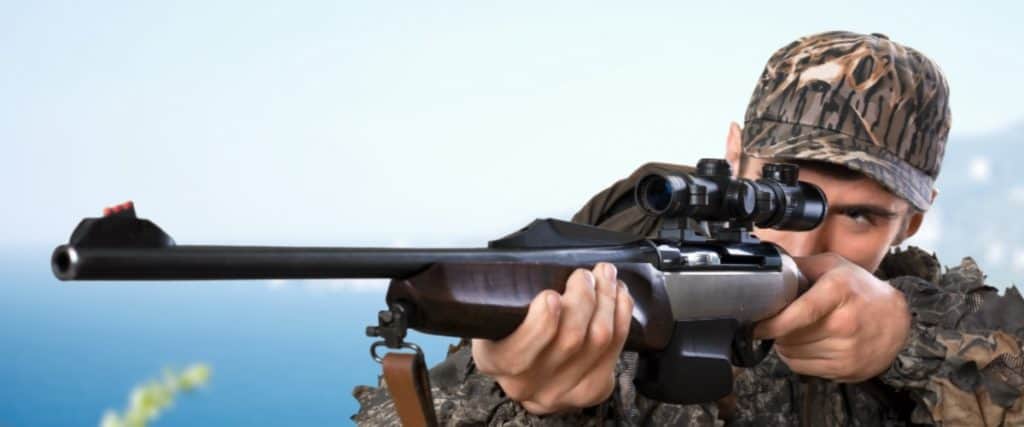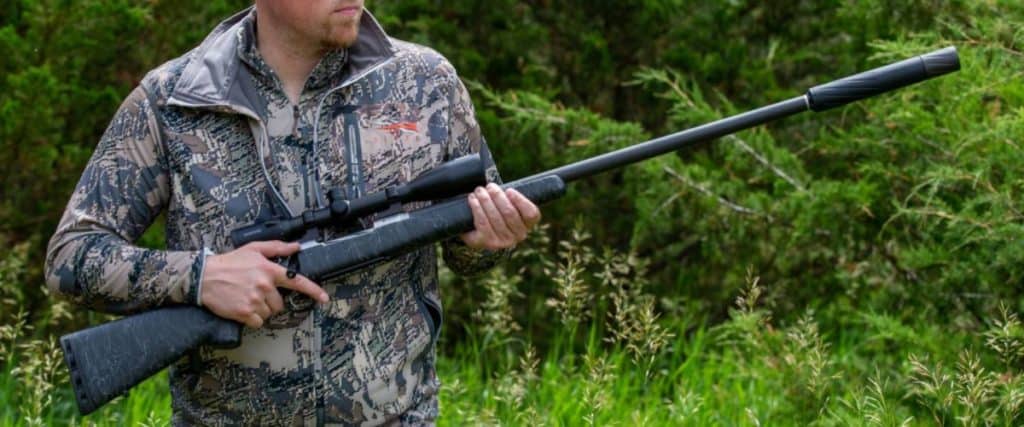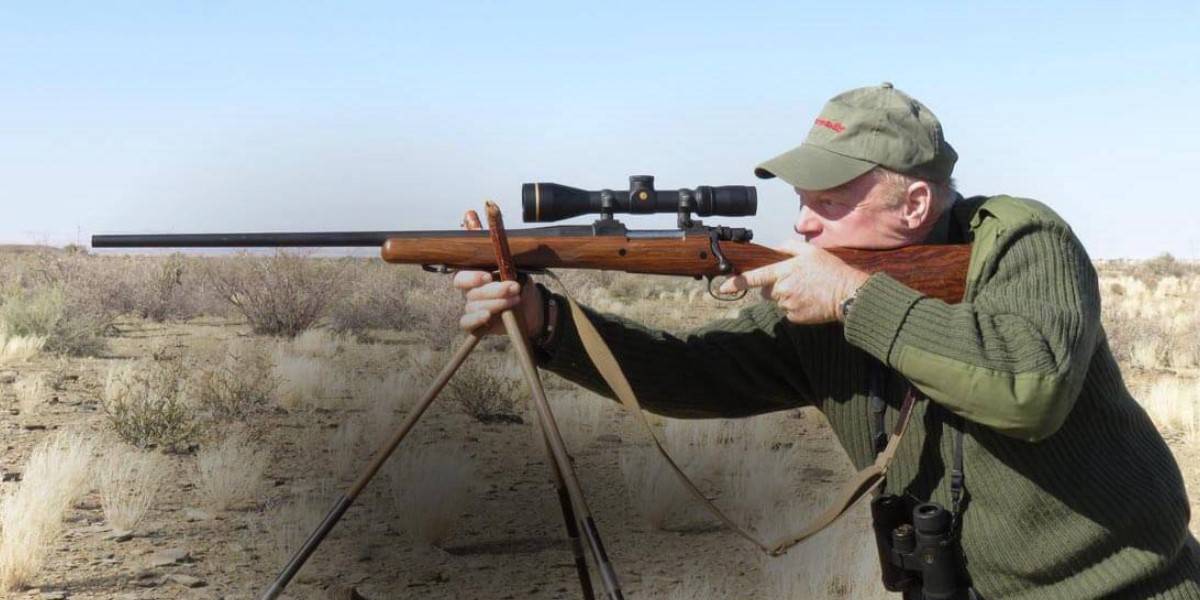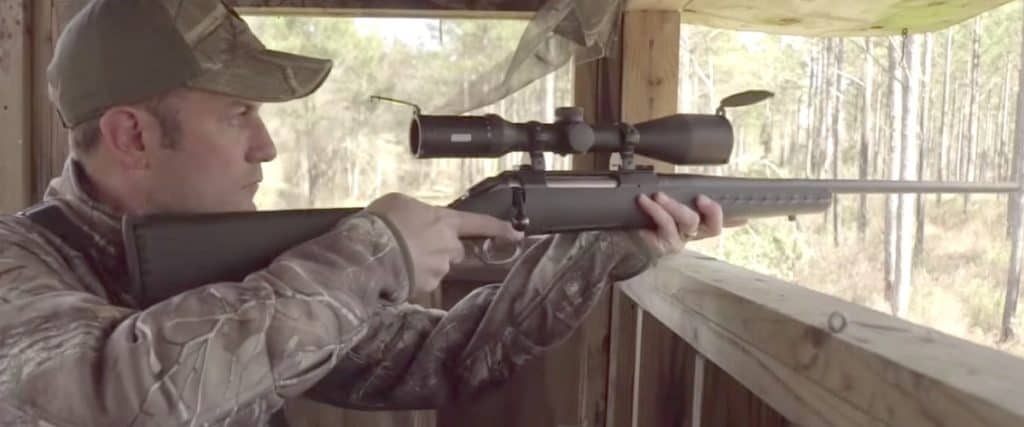You’ve probably heard of the remarkable skills the old-time hunters exhibited when they are in possession of their favorite guns. Have you ever wondered why they recorded so many successes with their Pre-64 Model 70s and lever actions such as Savage 99s and Winchester ’94s? The answer is simple. They had only one gun that hunts everything!
For most people, buying hunting rifles seems a challenging task to accomplish given the plethora of options available on the market today. The problem with having plenty of options is that you are likely to pick a rifle that does not meet your demands. Before you head to the store to buy your first hunting rifle, you are required to spend quality time conducting lots of online research and studying the best hunting rifle reviews from credible online sources. If you don’t know how to choose a hunting rifle, this is the ultimate guide for you. This article explains how to choose one hunting rifle, the common mistakes folks make when picking their first hunting rifle, and how you can avoid them. Read on.
The benefits of having one rifle

When it comes to mastering one hunting rifle, the challenging task has always been choosing the best first rifle that meets the demands of different hunting purposes. You’d want to consider your body structure and hunting needs before making any purchase decision.
Shooting with one rifle over time lets you use less and less active brain processing. It makes aiming and hitting your target automatic. You find it easier to use your favorite rifle because you are used to it. It is now like an extension of your arm. If you are not sure of the scope to buy, you can go through vortex rifle scope reviews to choose a scope that satisfies your hunting style. Owning just one rifle and the best long-range scope implies that you can invest more money in ammunition, travel, and licenses.
The longer you practice and hunt with your weapon of choice, the more of an efficient hunter you become. In today’s market, we are presented with countless rifles, cartridges, scopes. Things could get pretty tricky, especially if you don’t know how to choose a hunting rifle. Here are some factors to consider when choosing a first deer rifle.
Consider the Game

A good first hunting rifle is one designed to effectively hunt the game and bring it down as humanely as possible. It would help if you understood that not all calibers work for all games. Given the wide range of game animals stretching from hares to elk, a suitable caliber for a big game would be largely inadequate for other animals.
Suppose you specialized in hunting bears, deer, pronghorns, sheep, or mountain goats. In that case, the .30-06 Springfield or .270 Winchester will do well to take out these animals cleanly several hundred yards away. The .30-06 is also a good option for games like the African plains game or elk in the Rocky Mountains.
Feral goats and smaller deer live in quite a good number of territories and have been hunted with everything from .338 Magnums to rimfire cartridges. This habitat calls for a flat shooting and hard-hitting caliber for a clean kill.
You can always count on the .243 Winchester when hunting goats, while the .308 Winchester is a more suitable option for small deer and pigs. The Weatherby vanguard will make an excellent first deer rifle if you are always on the lookout for these creatures.
Suppose you wish to take out a big game like a big bear or a cape buffalo over a long distance. In that case, the .280 Ackley Improved, the 7mm Remington Magnum, and the 28 Nosler are cartridges capable of providing the needed power for a successful hit.
While there is no perfect hunting cartridge, the .375 H&H, on the other hand, is just about ideal for a hunter with the intent of hunting practically every game species with one rifle. It comes with a slightly high kick but with less punishing recoil than many cartridges out there.
Power: Find a Golden Middle
Ethical hunters ensure that their targets don’t suffer more than necessary. With this in mind, bullets strike game animals with ample power to cause immediate kill and as humanely as possible. You’d want to choose a hunting rifle and versatile cartridges capable of knocking out a wide range of different-sized game animals.
The Right Caliber and Bullets Matter
Seasoned hunters with years of experience can confirm that choosing the right caliber and bullets are the key ingredients of a successful hunting trip. These hunters have learned to stick with what has worked for them over the years. The hunter’s caliber of choice offers them the bullet size to deliver sufficient kill power to the target game animal. However, if you are new to the hunting scene, considering your game of choice is crucial to determining the perfect caliber. And while caliber translates to the bore’s diameter, the effect of a bullet increases when it has a large surface area. In essence, the game happens to receive more damage when large bullets drill through its vital organs. By now, you should appreciate the importance of a bigger diameter. However, the mass behind the bullet weighs more than the initial diameter. The more significant the mass is, the greater the preserved momentum and the more serious the damage on the game animal.
Know What Accuracy You Need
Accurate shooting is just one aspect of a hunter’s ultimate ability. Yes, a rifle scope offers the much-needed advantage in long-range shooting applications. However, your game animal remains a factor to consider when choosing a good first hunting rifle. For instance, if you have a knack for taking down an elk, you could tell it has a larger vital zone where you can hit than a rabbit. To think that since a 6x rifle scope is good, then a 9x scope is better could turn out to be counterproductive in the long run. While some specific rifles can come very close, nothing in the hunting world is regarded as perfect accuracy, implying no hunting rifle is capable of 0.0 MOA accuracy. When it comes to the accuracy you need, 1 MOA is more than perfectly adequate for hunting large game animals, given their body size. Remember that 1 MOA implies approximately 5 inches at 500 yards, 4 inches at 400 yards, 3 inches at 300 yards, and so on.
Build and Materials
For a one-rifle hunter, it is imperative to pay a premium on the build and materials before buying your first hunting rifle. This is primarily because you’d want a gun to last as long as possible. A synthetic stock is more durable than wood, while stainless steel offers more weather-resistant properties. As far as build goes, you’d have to choose between high-tech or older materials for its construction. Either of these materials provides durability but of different levels. Kevlar and carbon fiber makes up the material for the strongest and lightest synthetic stocks out there. Fiberglass is also a good choice but somewhat heavier than those mentioned above. Unlike wood or plastic (high-end rifles do not come with plastic stocks), these materials do not shift, twist or bend.
Rifle Buying Mistakes
It’s not nice to pay a heavy price for a rifle that ends up performing below par. In your quest to buy your first hunting rifle, there are few mistakes to avoid to ensure you end up with a gun that meets your needs. It’ll help to consider the following to pick up a good first hunting rifle.
Way Too Powerful Rifle
There is no point in buying a military-style rifle if you intend to be a deer hunter. Buying a way too powerful rifle could only translate to unnecessary spending. A 0.50 caliber rifle offers power good enough to bring down a T-Rex. When used in a hunting application, such weapons can destroy most of the meat, no matter the size of the game.
Heavy Rifle
Buying a heavy gun to serve as a first hunting rifle will do you no good in terms of accuracy and convenience. A heavy gun has its advantage. It allows you to become less sensitive when shooting heavy recoiling calibers because a heavier firearm will soak up more recoil. On the other hand, they are not the best to carry around over a long distance as hunting demands. If you become tired and stressed as a result of carrying your rifle, you may not perform at your best when the needs arise.
Too Complicated Rifle
Being able to put your firearm to good use without inconvenience increases your chances of catching your game animal by surprise. For instance, in deer hunting, a basic synthetic-stocked .30/06 bolt action rifle can get the job done in most cases. You’d also want to look out for an efficient and accurate rifle for long-range shots or a lightweight rig for ease around the mountainside.
Wrong Scope
Some elite hunters indeed spend more on their glasses than they do on their rifles. But, before shelling out top dollar on such expensive gear, they ensure they don’t end up buying the wrong scope. Magnification matters, but more magnification is not always better. There are three types of scopes: tactical scopes, target scopes, and hunting scopes. With that said, you don’t just pick up a scope; you’d want to buy a hunting scope designed to meet your hunting needs.
Final Words
The old saying, “Beware of the hunter with just one rifle” still holds today because the one-gun rifleman knows precisely how to use his gun. This guide should show you just how to choose a hunting rifle. Whatever the rifle, scope, or cartridge you choose, it is imperative that all of these meet your demands at all times. Happy hunting.
Mike Fellon is an experienced firearms enthusiast and optics expert. He delivers unbiased and detailed rifle scope reviews. Born and raised in Dallas, Texas. He inherited his hunting passions after his father John – he was fascinated by his stories, hearing how much attention, focus, dedication and patience he invested in shooting every animal. When he was old enough, his father first allowed him to shoot some cans and bottles with his shotgun, and then took him hunting – it was love at first sight. Mike has never stopped shooting ever since.


